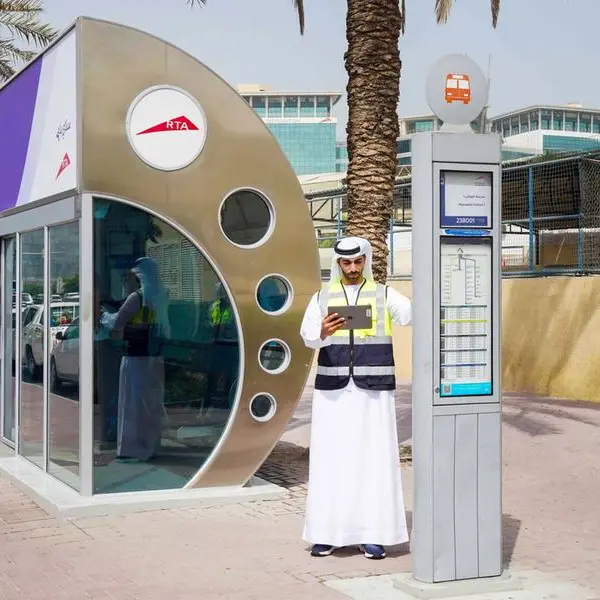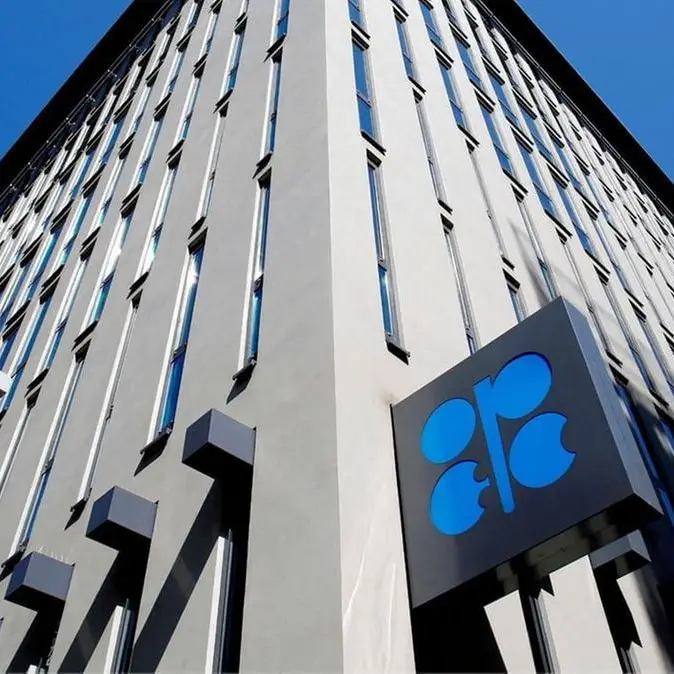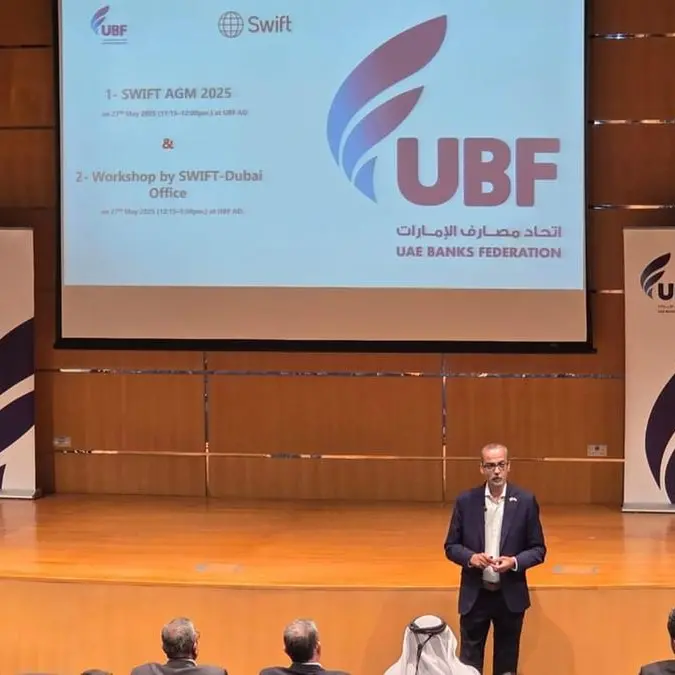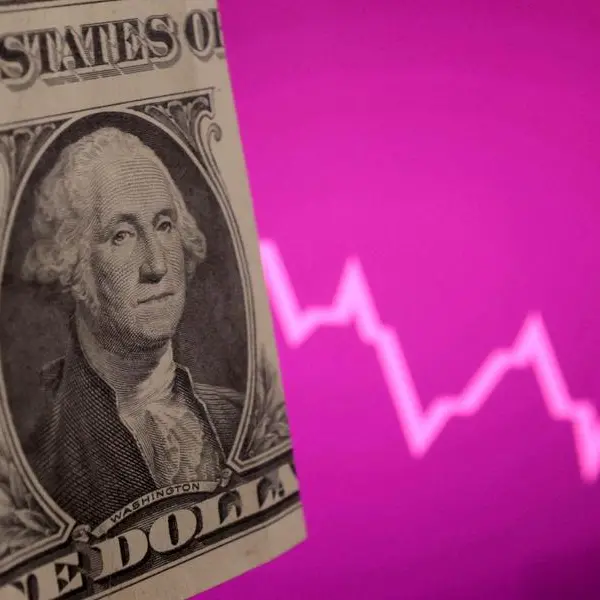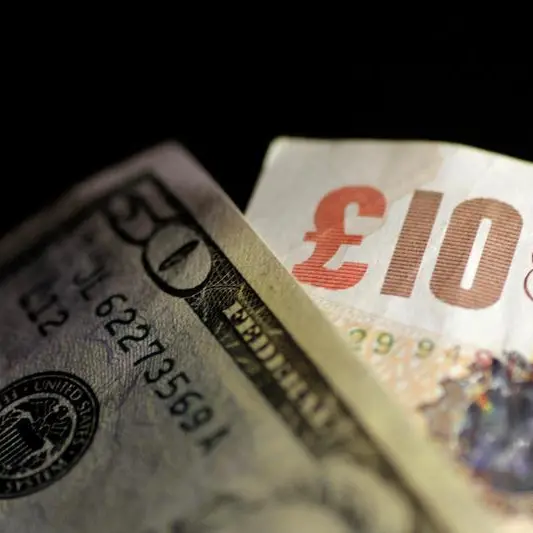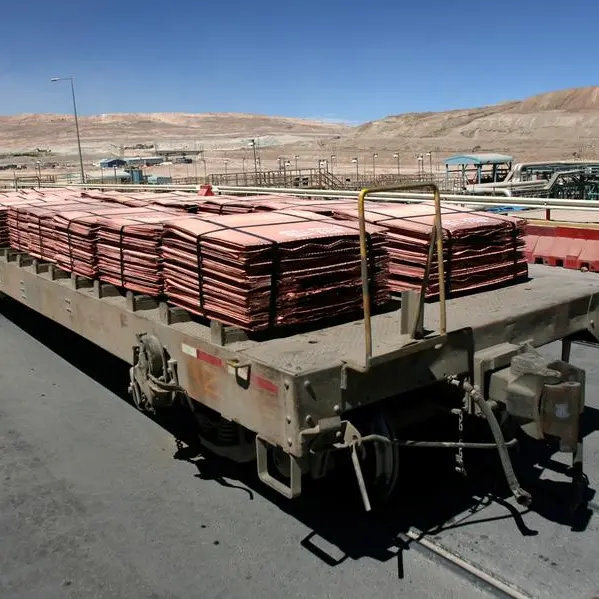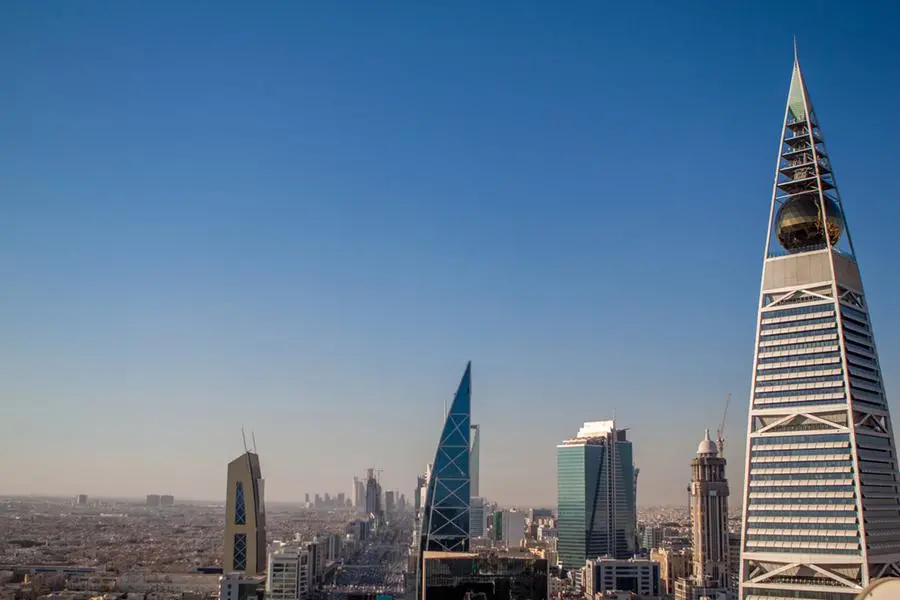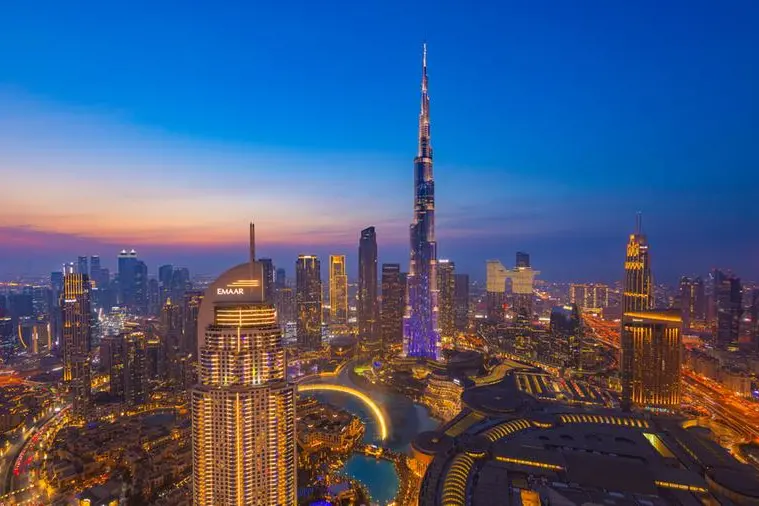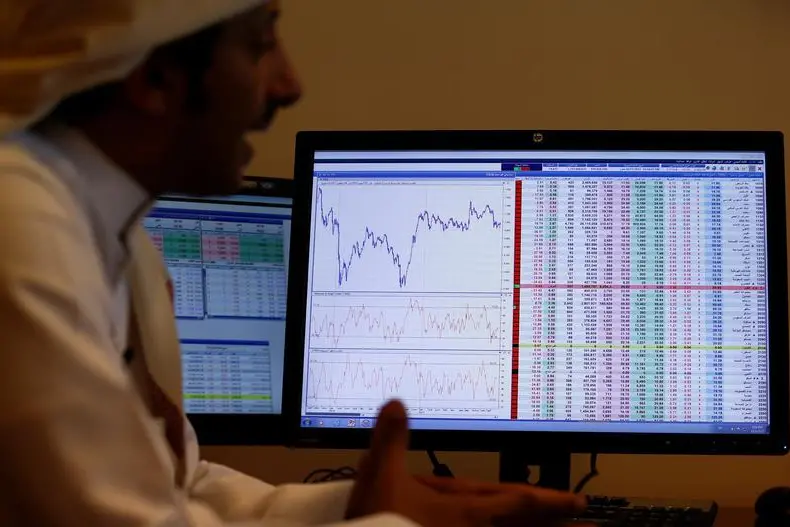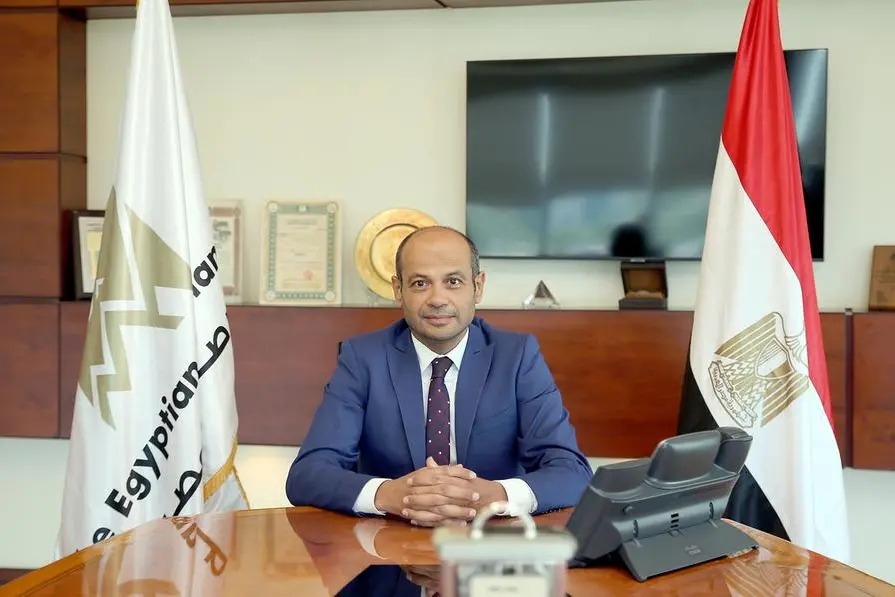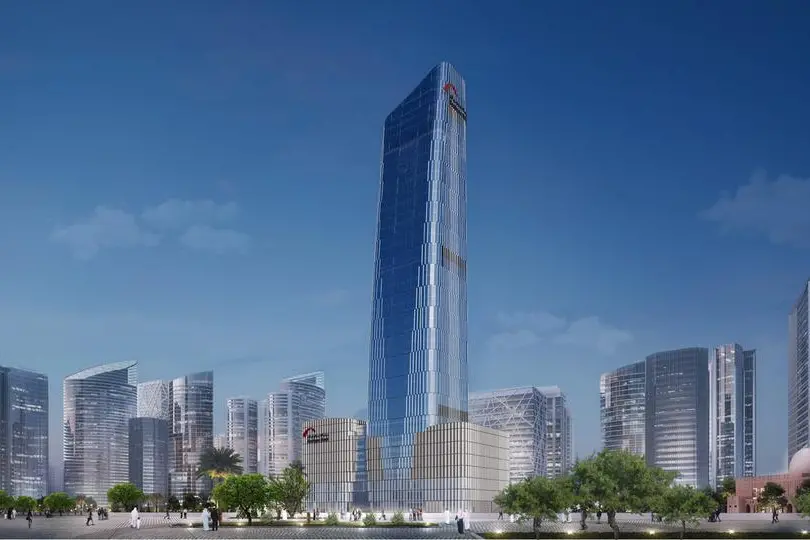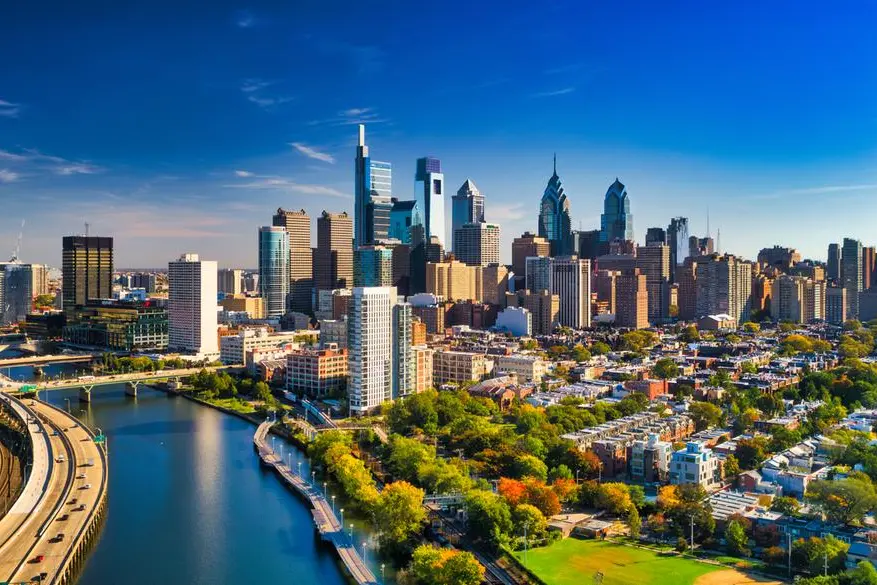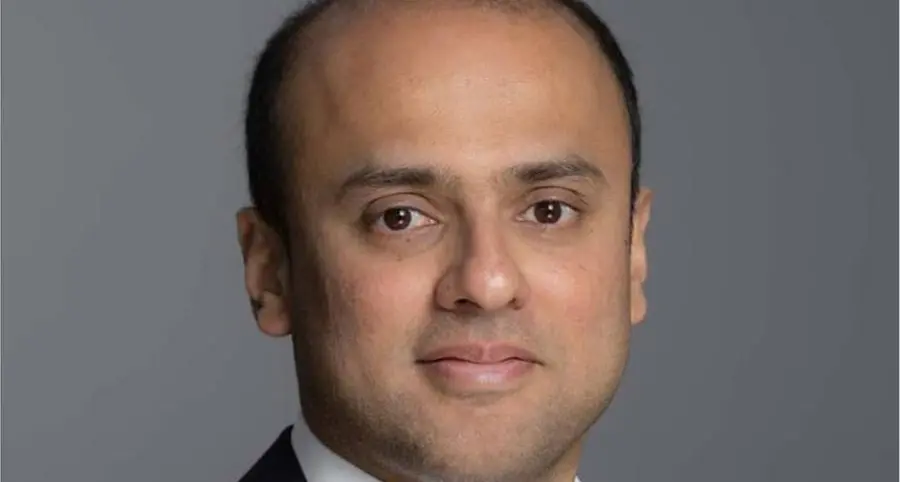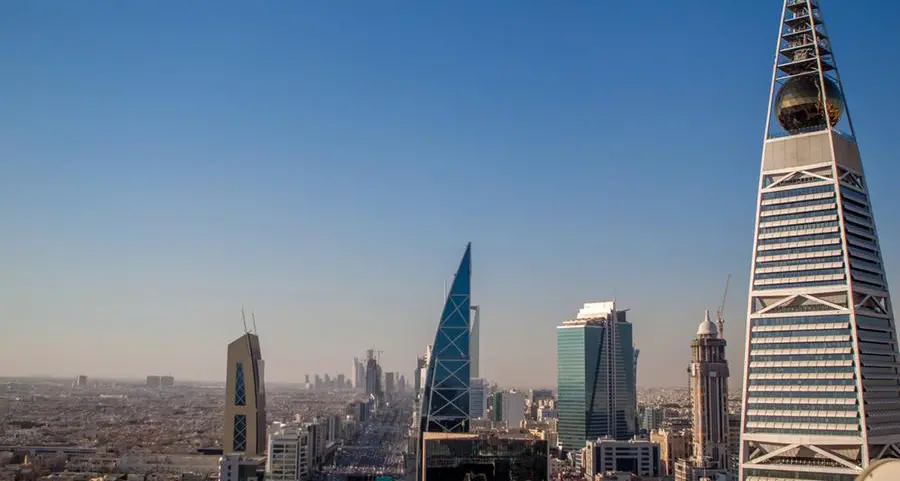After stellar growth in the past two years, a moderation in oil prices poses stiff challenges for Saudi Arabia in 2013 and beyond.
Saudi economic growth is expected to moderate in 2013 as the global economic slowdown continues to fester and erase some of the exuberance of emerging economies.
Still, the country has done extremely well in the face of global gloom.
The economic seeds sowed by King Abdullah Bin Abdulaziz Al Saud in the tough days of 2011 are expected to bear fruit over the next few years.
The USD 131 billion stimulus package announced by the king to ward off any threats posed by the Arab Spring was not only large enough to keep trouble at bay but also move the needle of economic growth.
The private sector has been spurred into action and a number of sectors such as real estate, construction, healthcare, education and financial services have received a major boost, offsetting some of the global economic gloom.
Most analysts expect the Saudi economy to grow between 4% and 4.4% in 2013, lower than the growth in 2012.
The Economist Intelligence Unit expects 4.3% growth next year compared to 5.3% growth in 2012. The International Monetary Fund has forecast Saudi growth at 4.1% in 2013 compared to 6% in 2012 and 6.8% in 2011.
But the tempered growth needs to be placed in context: the global economy posted 3.9% growth in 2011, according to IMF data, and the Fund has projected 3.5% growth in 2012 and 3.9% in 2013.
OIL: Record Production Is Easing
Saudi Arabia has benefited immensely from the turmoil in oil markets. With Libyan production temporarily shut down last year and Iranian crude unable to access the market due to crippling Western sanctions, Riyadh has been pumping crude at record levels.
The International Energy Agency estimates that Saudi crude output touched 10 million barrels per day this year, leaving a mere 1.88 million bpd in spare capacity.
Despite record crude production from Saudi Arabia, Iraq, the United Arab Emirates and Kuwait, markets remain nervous - and that has worked well for Saudi Arabia and its allies as they position themselves as responsible oil producers and at the same time benefit from a triple-digit barrel price.
Saudi oil revenues are set to hit USD 335 billion this year, according to NCB Capital estimates - the highest ever.
But Saudi Aramco is unlikely to repeat that feat in 2013, barring a massive spike in crude prices. NCB Capital estimates crude revenues to notch USD 330.1 billion next year.
There is good reason for NCB's caution. There appears to be trouble brewing in oil markets.
"Sluggish economic growth could restrict annual oil demand growth to 0.9 million bpd in 2012 and 0.8 million bpd in 2013, with demand averaging 89.6 million bpd and 90.5 million bpd respectively," notes the IEA in its August report. "Baseline revisions for the FSU, China and Middle East lower absolute demand by 0.3 million bpd for 2011/2012 and, combined with weaker economic growth assumptions, trim the 2013 demand total by 0.4 million bpd."
Analysts believe Brent prices remain above USD 100 per barrel purely on geopolitical tensions, specifically Israel's threats to attack Iran.
Otherwise, there is little reason for such exuberance in oil prices. Europe is a long way from economic solvency and growth, the United States is going through a structural decline in oil consumption, while the BRIC economies are also experiencing a slowdown after years of unbridled growth.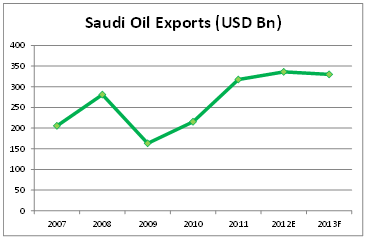
NON-OIL: Job Creator?
The kingdom launched the Nitaqat program that rewards companies for hiring a specific number of Saudi nationals and penalizes them for missing their national-hiring targets.
"The Nitaqat program has engendered considerable controversy, including widespread suggestions that it will force large numbers of companies to cease operations as they will likely fail to employ sufficient numbers of nationals," notes NCB Capital.
To avoid being penalized, many Saudi firms have started hiring nationals but that has resulted in higher payroll costs. NCB Capital research shows that an average monthly wage of a Saudi in the private sector stood at SAR 3,476, compared to SAR 1,040 for expatriates.
The programme has, however, led to the employment of 250,000 and the government launched an advanced Nitaqat programme on August 15, which aims to raise the salaries of Saudi employees and extend the scheme to other sectors.
Half of the USD 131 billion stimulus package was focused on housing, a key issue for a population that is growing at 2% per annum and is expected to reach nearly 30 million by 2013.
The approval of the mortgage law will only accelerate the momentum and benefit not only the construction, raw materials and real estate companies but also financial institutions.
Indeed, bank lending to individuals shot up by 30% in the first quarter of 2012, driven mainly by real estate financing.

So has the value of construction contracts. NCB Capital estimates show Saudi Arabia awarded contracts worth USD 89 billion from July last year till June 2012. That is expected to have a huge multiplier effect on the Saudi economy, especially as the contracts are spread across a variety of sectors.
"We expect this trend to continue into H2 2012 as the value of awarded contracts is anticipated to further increase during this period," notes NCB Capital.
"Additionally, non-anchor sectors are expected to take on a larger share of the overall value of awarded contracts as the government's 2012 budget called for heavy investment in the social infrastructure sectors."
According to the Zawya Projects Monitor, 278 projects with a combined value of USD 1.23 trillion are expected to be completed by the end of 2013. Although many of these projects may face delays and may be pushed further back, it reflects the massive development under way in the kingdom.
INFLATION: Manageable but Trouble on the Horizon
Unlike the high inflation experienced in the first half of the last decade, this decade's mini-boom in Saudi Arabia has not been dampened by inflationary pressures - yet.
"Year-on-year inflation slowed to a 32-month low in July as rental and food inflation trended downward," noted Jadwa Investment in a report. "Most other components of the cost of living index were little changed in year-on-year terms... Easing rental and food inflation was the cause of the decline. Food price inflation dipped to 4% in July compared to 4.7% in the previous month."
Still, the rapid demand for construction raw material and demand for real estate on the back of the approval of the mortgage law could see that rate heading back up.
Despite increased economic activity, inflation has stabilized at 5% as food inflation subsided and imports of capital goods and labor helped prevent bottlenecks from emerging, noted the IMF, but warned there are dangers on the way.
"[IMF] Directors stressed the need to forestall any inflation pressures engendered by robust growth through a proactive use of liquidity and macroprudential policy tools."
The EIU argues that given the economy's rude health, the Saudi Arabian Monetary Agency might consider reversing some of the liquidity-easing measures it took in late 2008 - including cutting rates and injecting deposits into the banks - although this would risk undermining the still relatively fragile recovery in private sector lending.

RESERVES: USD700bn Cushion
The IMF estimates Saudi foreign reserves will cross USD 700 billion this year, giving the government an enviable fiscal cushion.
But the IMF believes the kingdom's fiscal spending is "above the level consistent with an intergenerationally equitable drawdown of oil wealth".
"Accordingly, [IMF directors] highlighted the importance of preserving flexibility in entitlements, ensuring efficiency in spending, and broadening the tax base."
The EIU has a much lower foreign reserve estimate of USD 668 billion in 2013, while Jadwa Investment expects Saudi official foreign reserves to reach a whopping USD 827.3 billion in 2013.
POLITICAL OUTLOOK: A New Generation Awaits
Perhaps the greatest challenge facing Saudi Arabia over the next few years is political. All eyes are on Saudi Arabia's succession plan. Eighty-eight-year-old King Abdullah has seen two of his crown princes die in the space of eight months.
While the ascendancy of 76-year-old Salman Bin Abdulaziz Al Saud as the crown prince in June ensured continuity, the old guard that has ruled the country since 1932 could possibly give way to a new generation of Saudi princes.
King Abdullah's Allegiance Commission, which consists of the direct descendants of King Abdulaziz - the country's founder - plays a key role in electing the new king.
"Given the ruling family's deference to age, it is possible that another son of King Abdulaziz will be chosen, with the new interior minister, Prince Ahmed Bin Abdulaziz Al Saud, probably the leading contender. However, it is plausible that King Abdullah or, more probably, Crown Prince Salman, may seek to engineer a generational switch," notes the EIU.
Like the rest of the Arab world, Saudi Arabia is going through massive demographic changes. Close to 35% of Saudis are under the age of 15 and are seeking social and economic freedoms. There is also greater political awareness as the revolutions in Egypt, Libya, Tunisia and Bahrain have led to young Saudis asking questions about their own liberties. Social media has offered a new outlet for Saudis to express themselves at a time when access to conventional and independent media remains limited.
The inner challenges come at a time of great regional upheaval. The Arab Spring has changed the political landscape and Saudi Arabia is especially wary of the threats of a revolution in neighboring Bahrain. The kingdom has used all its diplomatic, financial and military muscle to thwart protestors, but it's clear that Saudi Arabia will be impacted by the changes occurring across the region.
The massive stimulus package announced by King Abdullah last year did much to satisfy the demands of most Saudis, but they are slowly asking for more than economic benefits - they are increasingly engaged in social and political dialogue, which means that the government will be compelled to offer greater freedoms to Saudi men and women.
Change is coming, albeit slowly. A new mortgage law offers average Saudis a chance to purchase property, and new focus on higher education will ensure greater liberties, but the issue of women's rights remains a key obstacle to real reform.
CONCLUSION
The Saudi economy is expected to go through a seismic change over the next few years. The authorities will be compelled to keep a keen eye on regional developments and ensure that Saudi Arabia continues to exert diplomatic and economic influence over the region.
It will also have to manage its internal political succession issues which have the potential of upsetting its carefully crafted reputation of strong unity within the royal family.
Crucially, the authorities will need to ensure that the kingdom uses its oil revenues and fiscal cushion for long-term growth and economic diversity and job-creation rather than short-term stimulus packages that act as a Band-Aid on festering issues.
Finally, apart from job creation, the Saudi population has started demanding greater social, economic and political freedoms. The Saudi authorities will need to strike a balance between the conservative stance of the religious establishment and the much more open outlook of its young population.
© alifarabia.com 2012
